Right about now, the sleek Bloodhound land speed record car will be docking in the UK after last autumn’s high-speed test programme on a dry lake bed in the South African desert, where it hit 628mph in the hands of its driver, Andy Green.
I say ‘high speed’ but, for Bloodhound LSR, it’s running on only two-thirds power. The test was a prelude for a return to the remote Hakskeen Pan, in north-west South Africa close to the Namibian border, in 12 to 18 months, where the car will make an attempt on the land speed record that Green has held since 1997, when he took the twin-jet Thrust SSC to a supersonic 763mph.
Bloodhound LSR’s target will be over 800mph and a new land speed record. That might be the first thing you note about Bloodhound LSR: the target was once 1000mph, which is now ‘phase two’ if, after reaching a new record, there’s sufficient commercial and public interest in taking it to four figures.
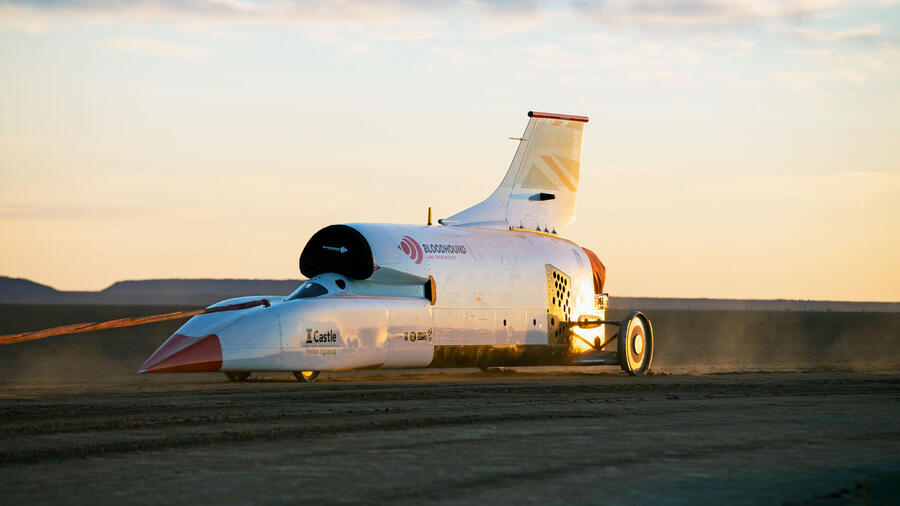
Which brings me to the second thing you might note about Bloodhound LSR, in that instead of its old blue and orange, it’s now white, in a ‘your company name here’ kind of way, the project having been rescued from administration by Ian Warhurst, former owner of turbocharger company Melett, eight days into a retirement he abandoned late in 2018.
Since then, things have moved – if you’ll pardon the expression – quickly. The autumn test programme was only put into place last July. Here, in the words of Bloodhound LSR’s chief engineer, Mark Chapman, and Green, a former fighter pilot and the team’s mathematician, is what Bloodhound is, how you run it and how you drive it.
What is it?
At 13.5m long, Bloodhound is about three times the length of a normal family car. “The front third is an all-carbonfibre monocoque,” says Chapman, “which houses the driver safety cell and also the high-test peroxide tank,” fuel for the rocket that will be supplied by Norwegian company Nammo. To date, Bloodhound has been run with a Rolls-Royce Eurojet EJ200 engine borrowed (literally; the owners will want it back) from a Eurofighter Typhoon fighter jet. That provides around 20,000lbf of thrust. The monopropellant rocket is expected to add up to another 9000lbf.

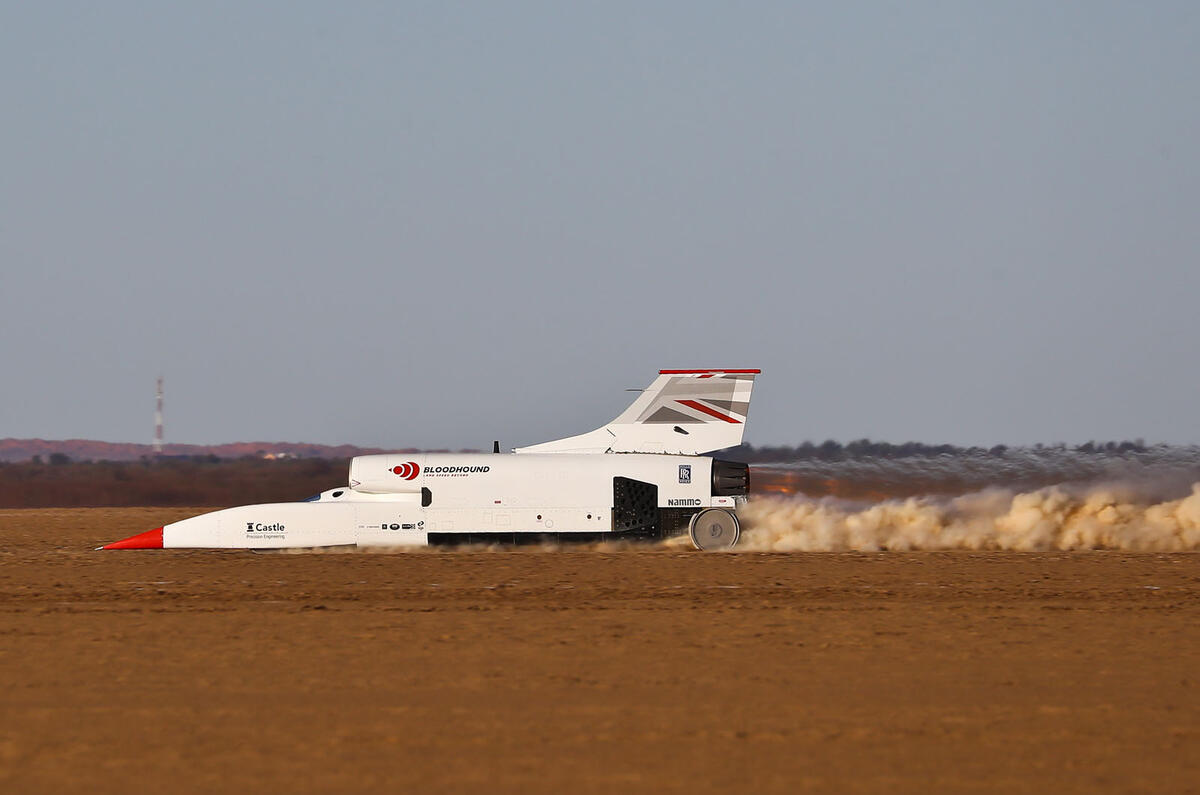

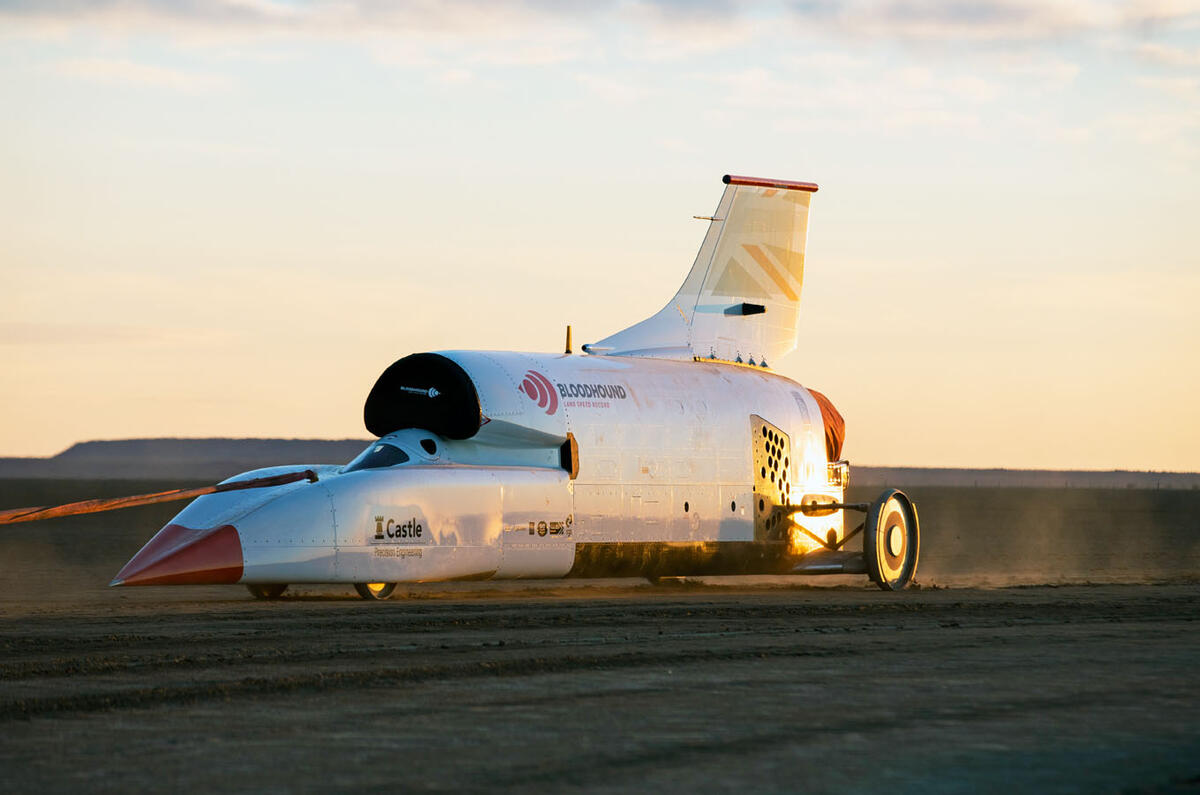

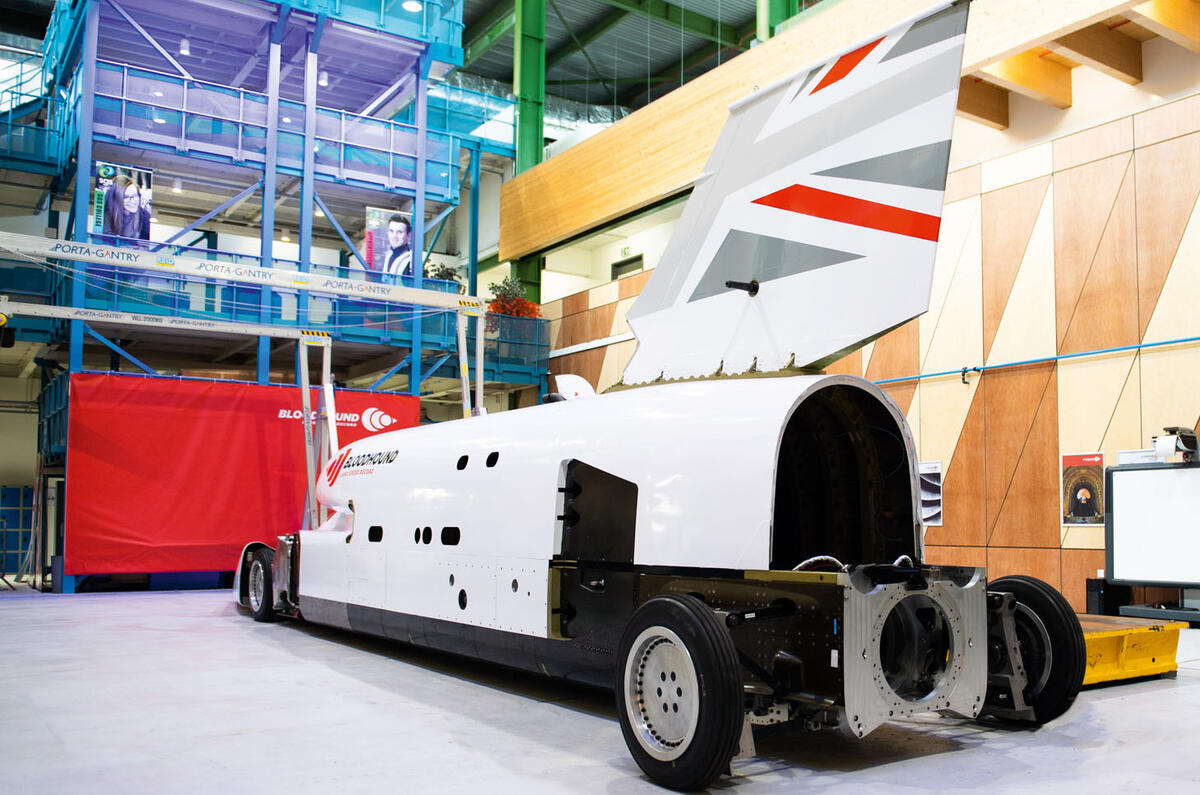

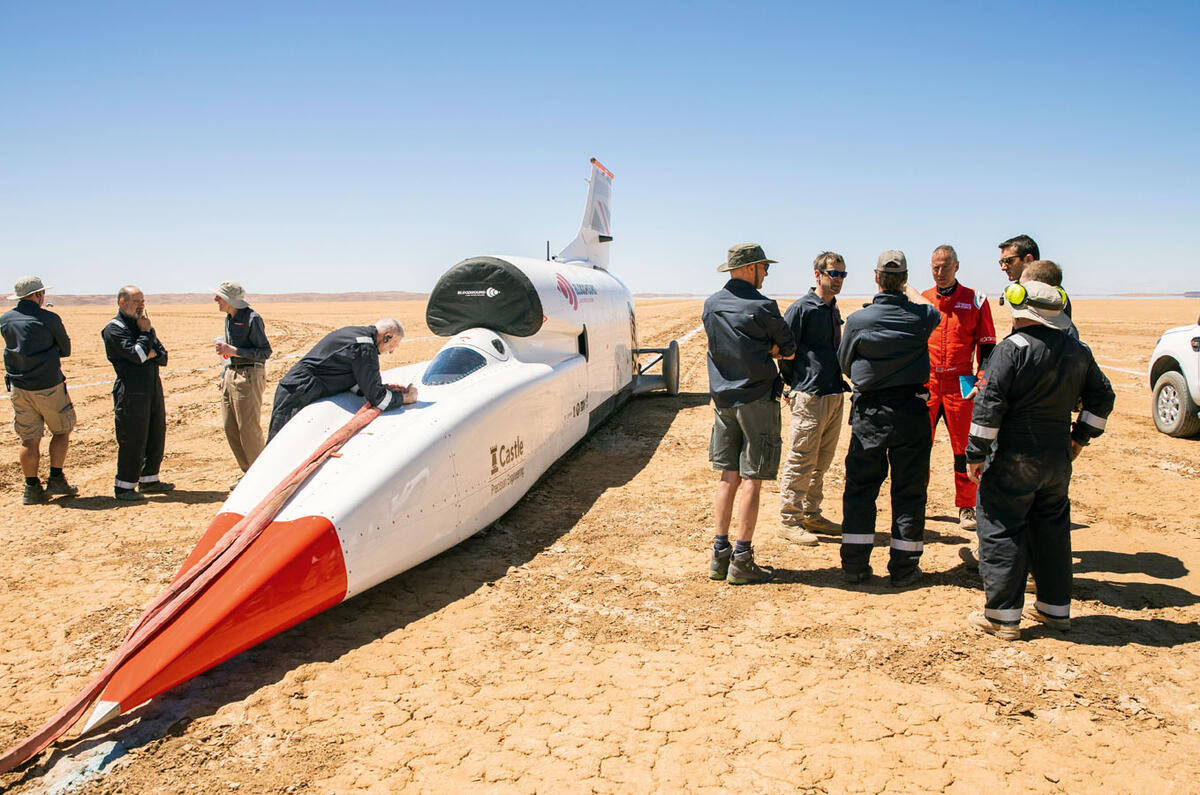

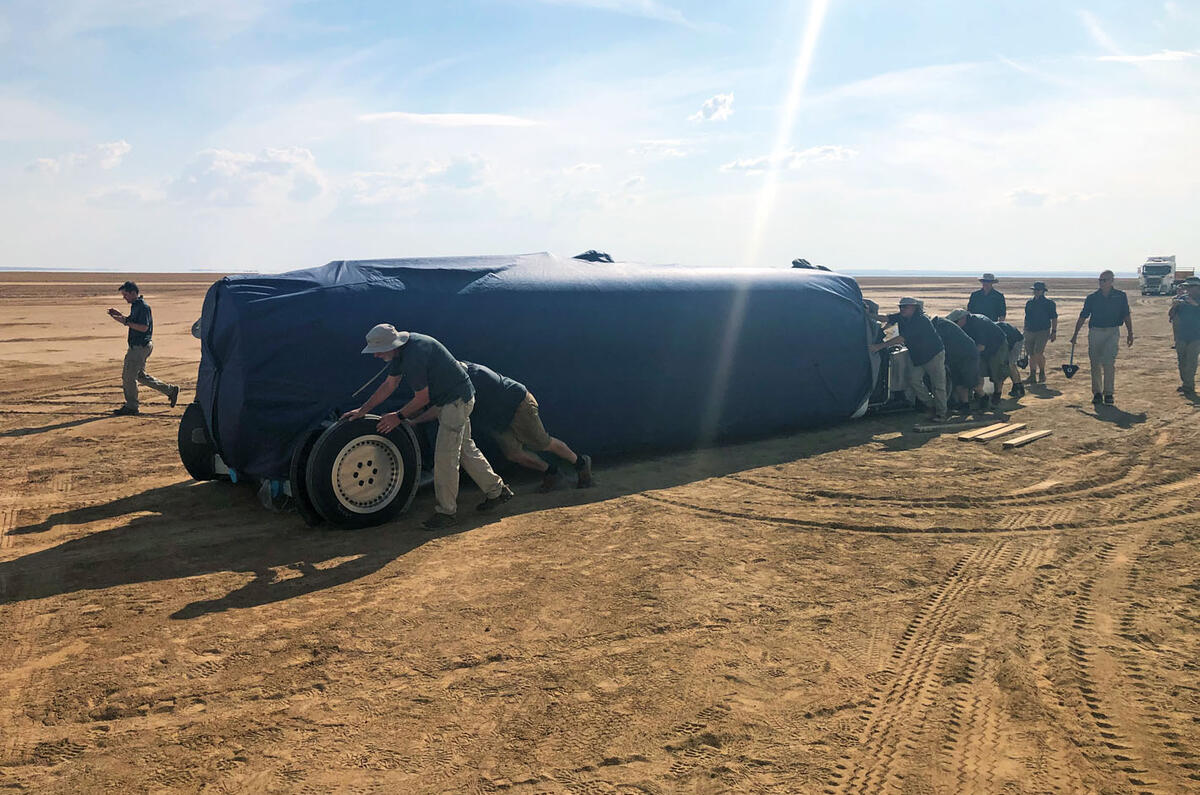
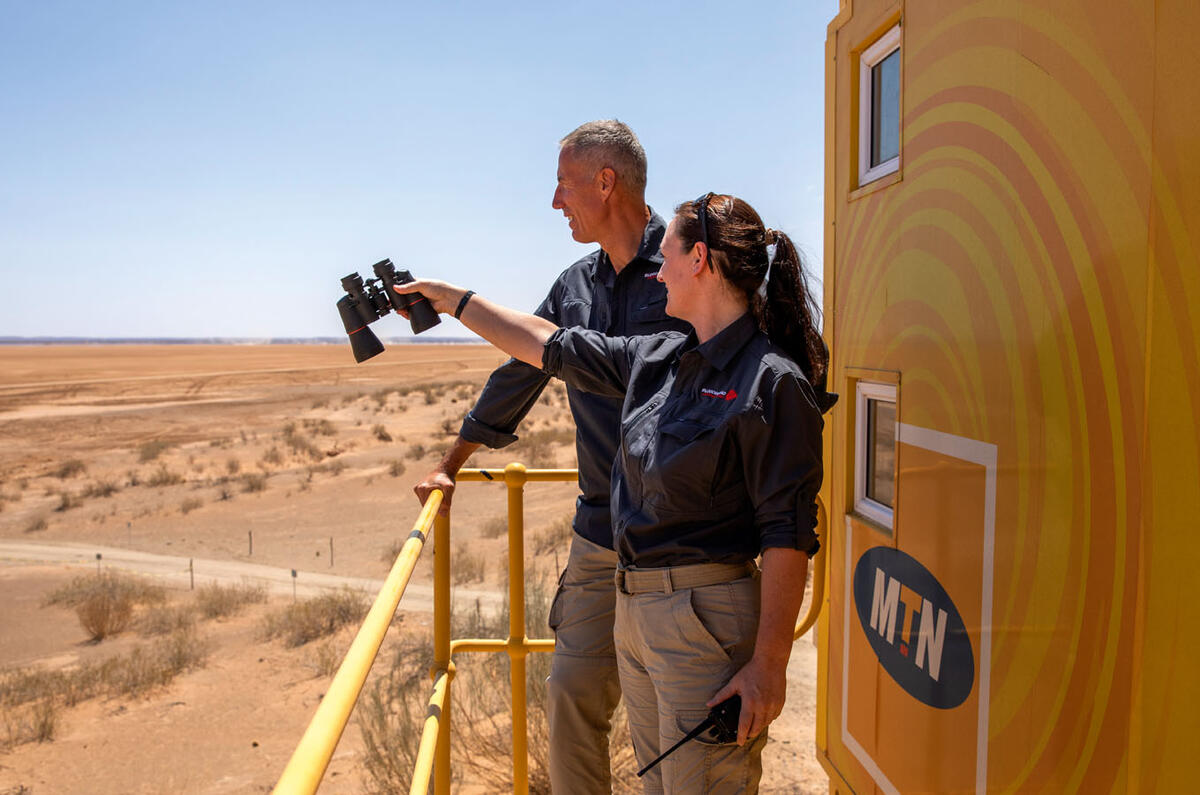
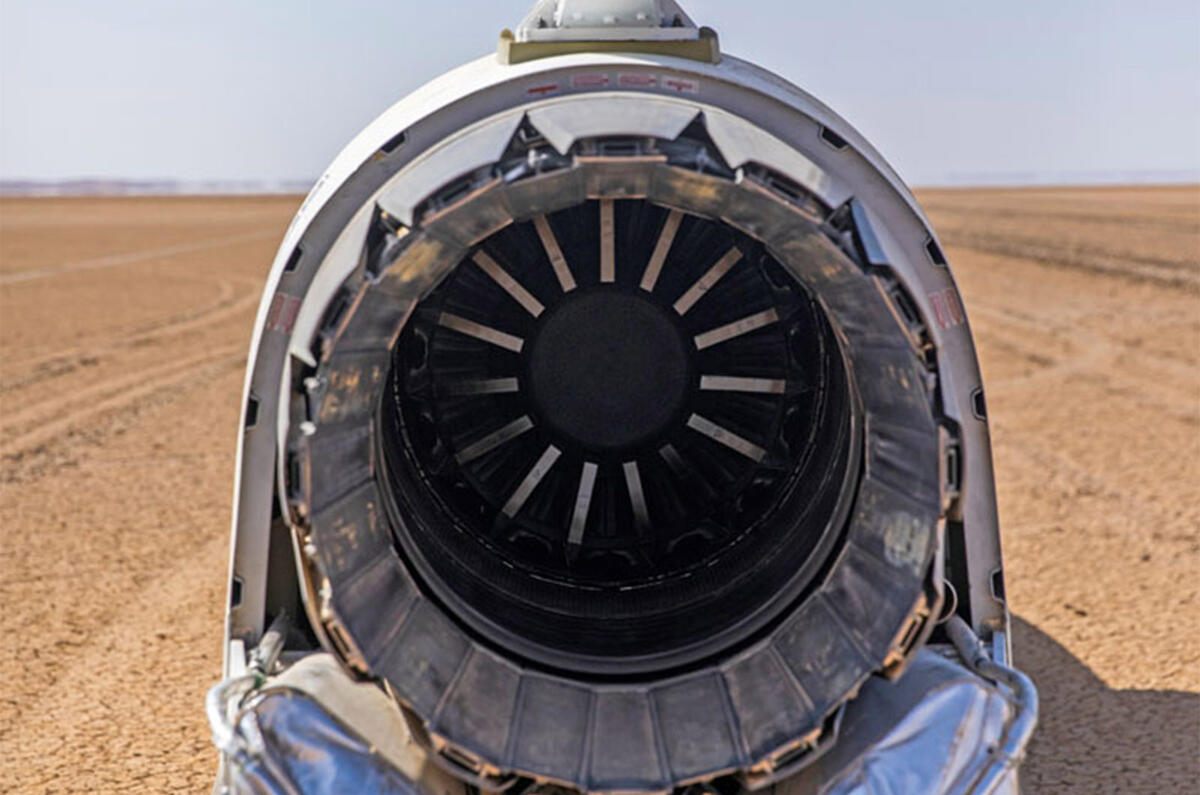
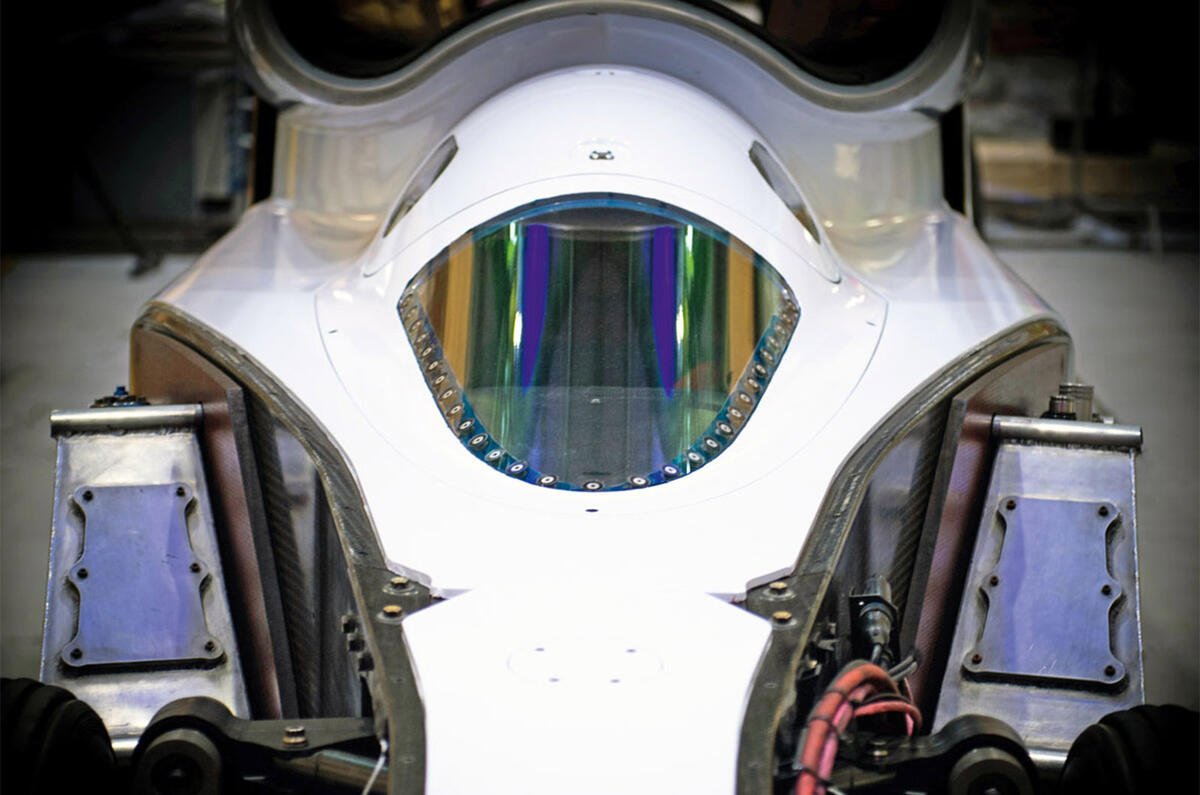
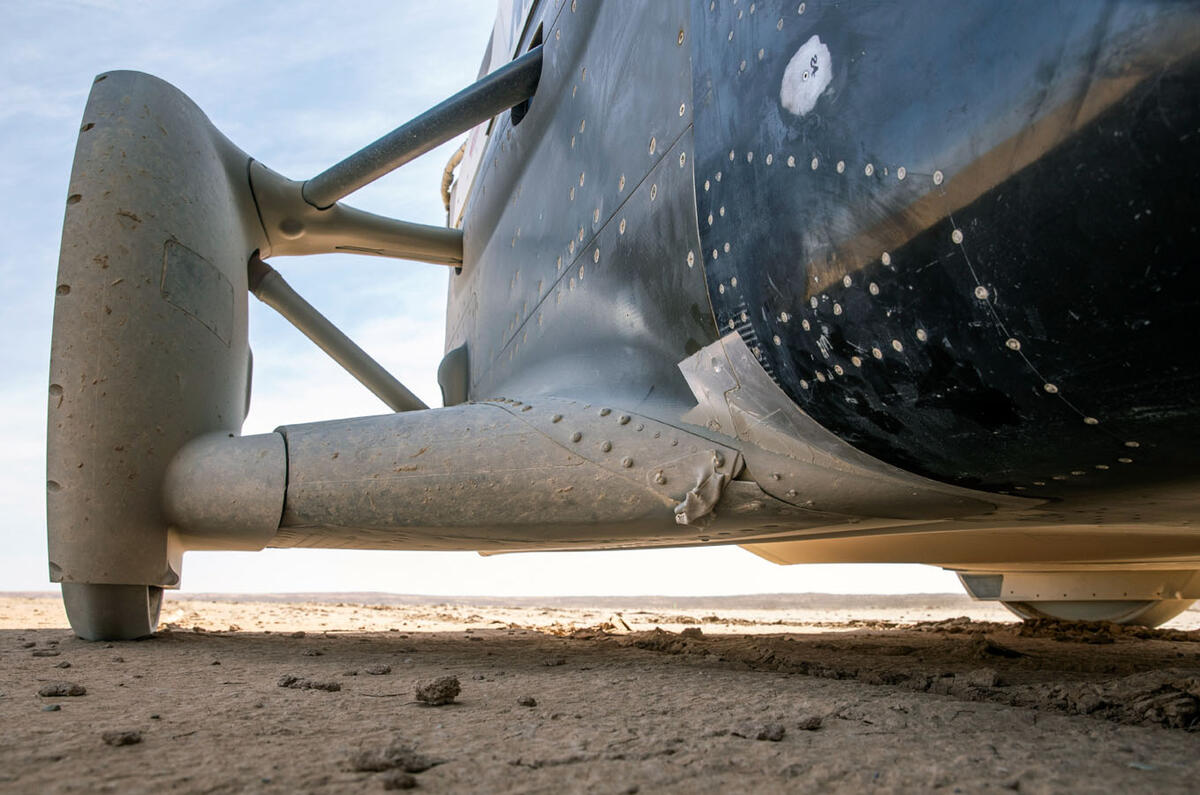

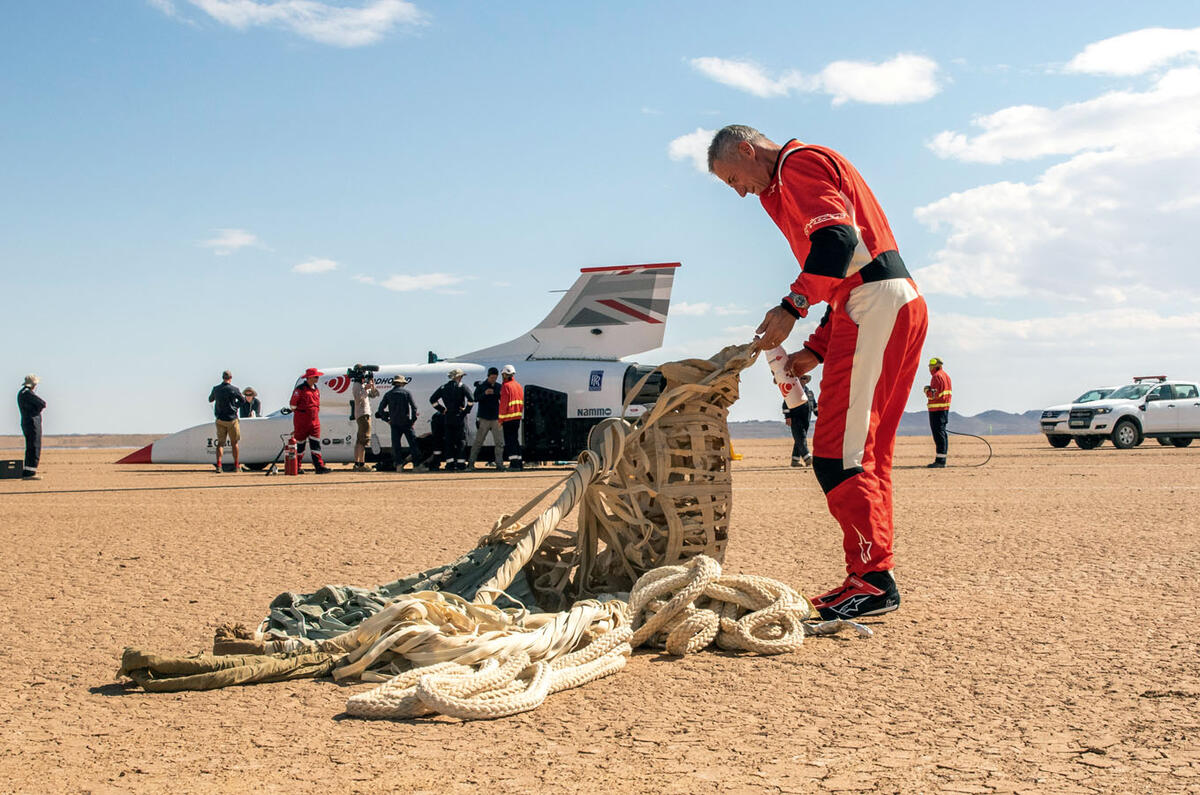
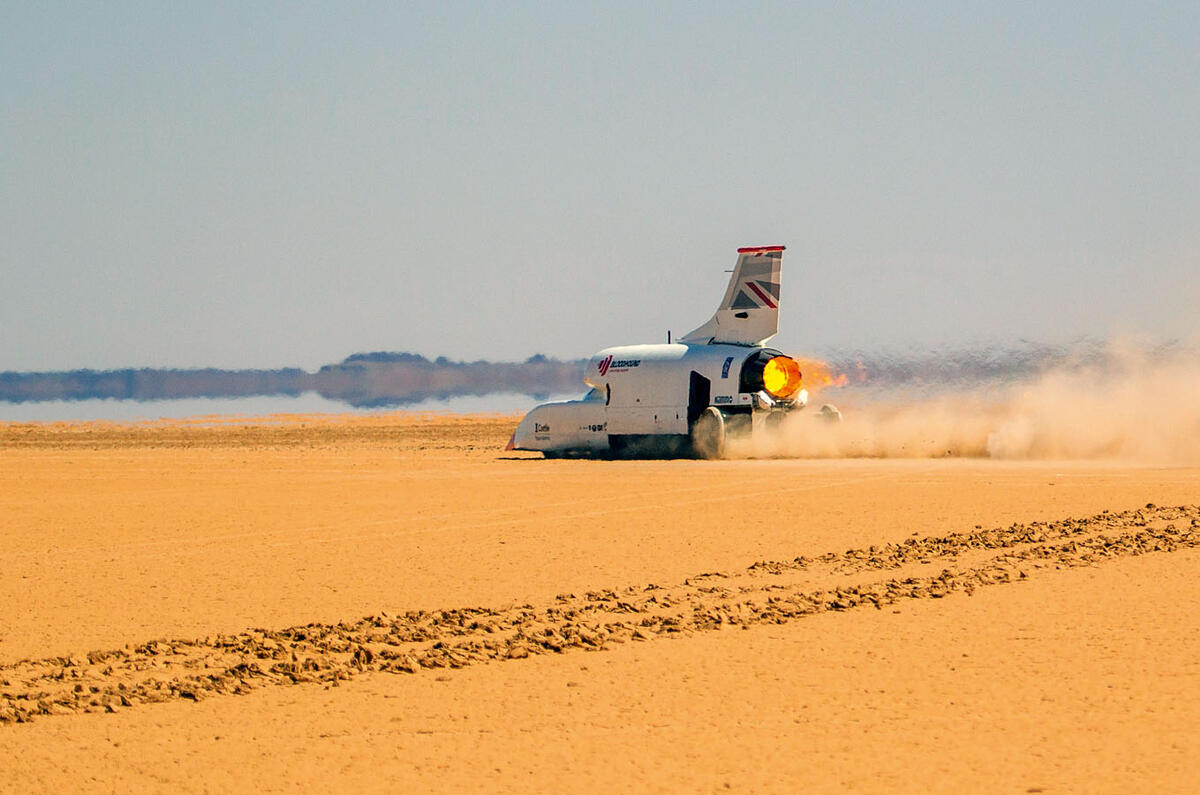
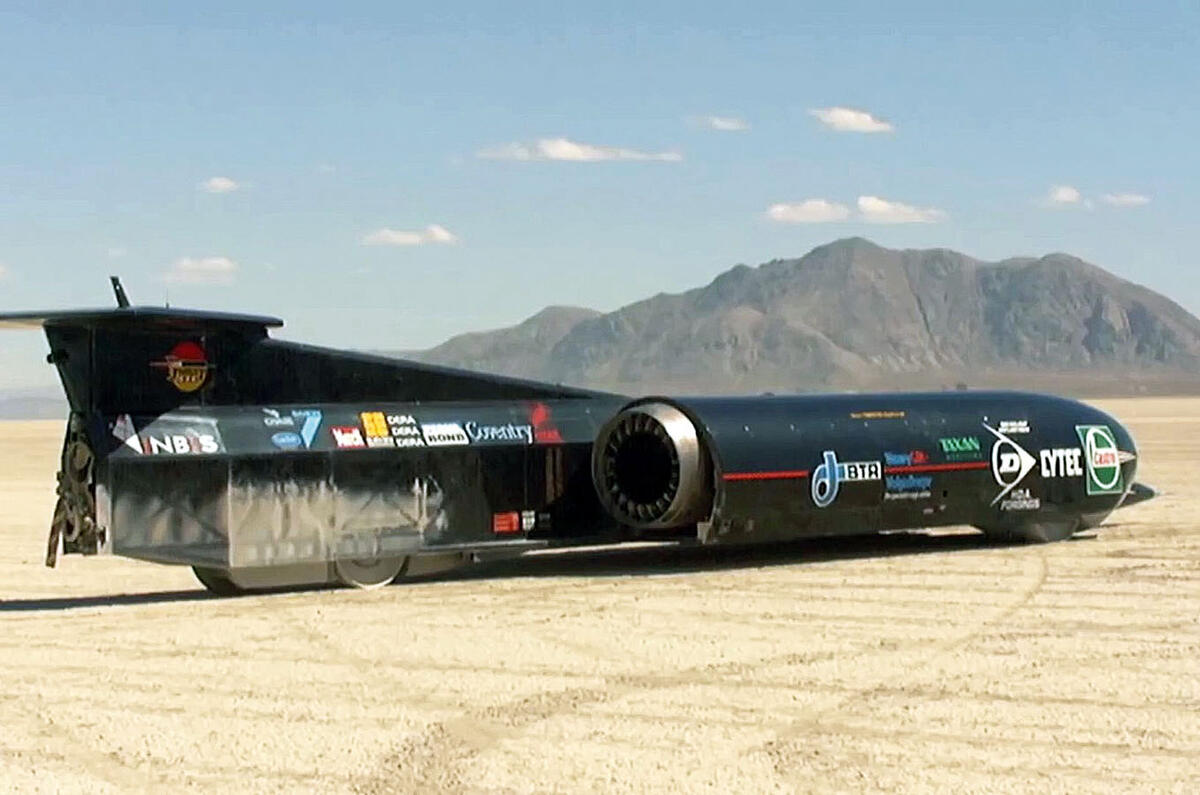
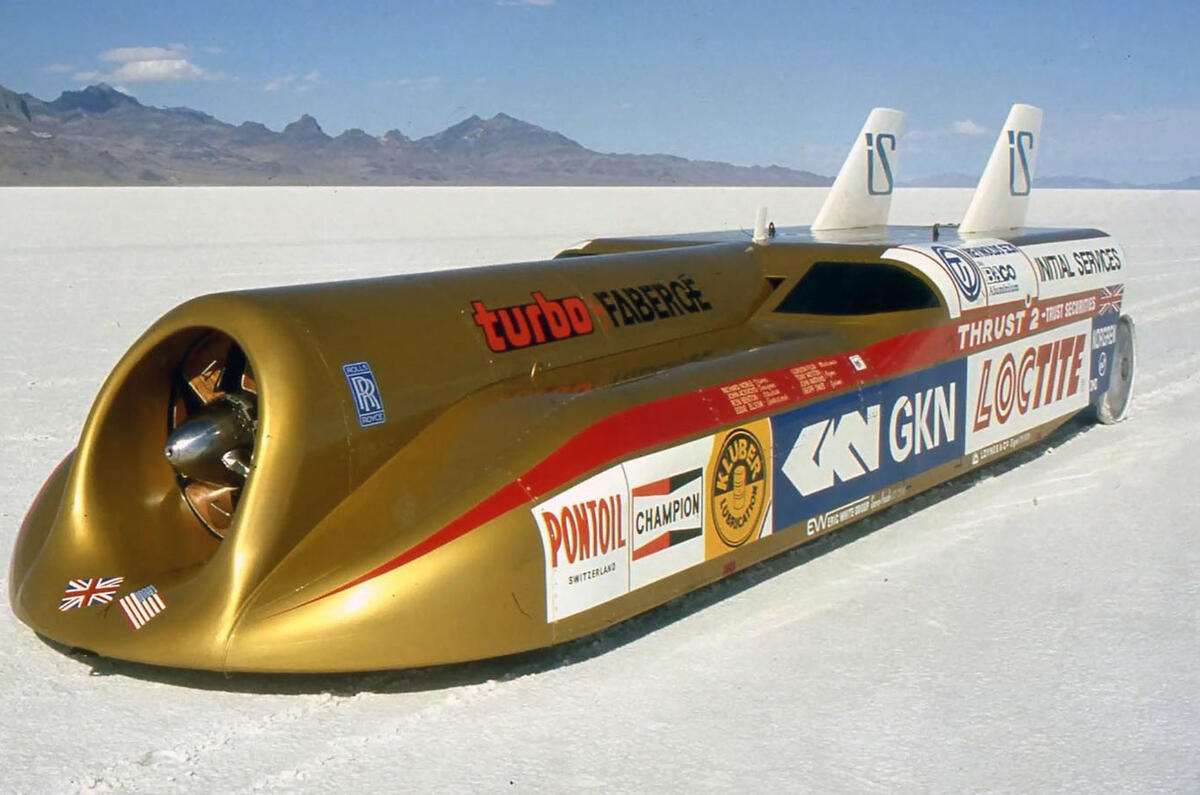



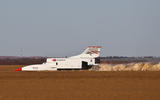





















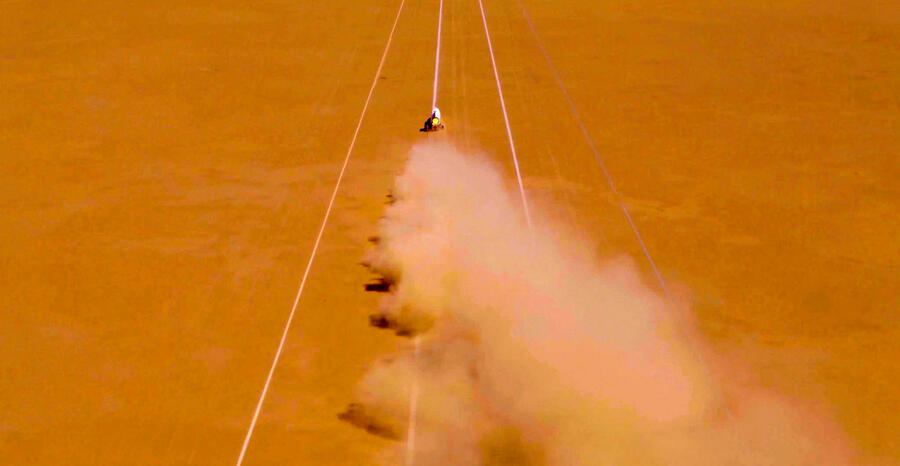
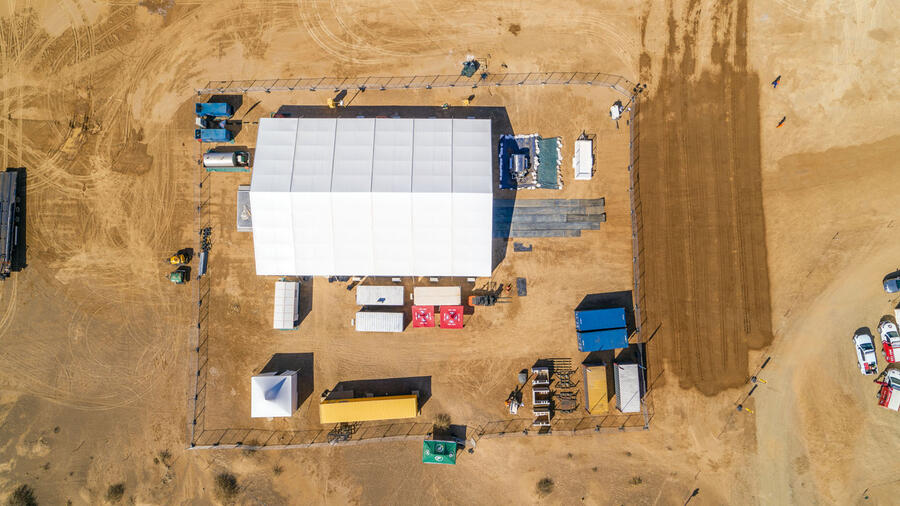
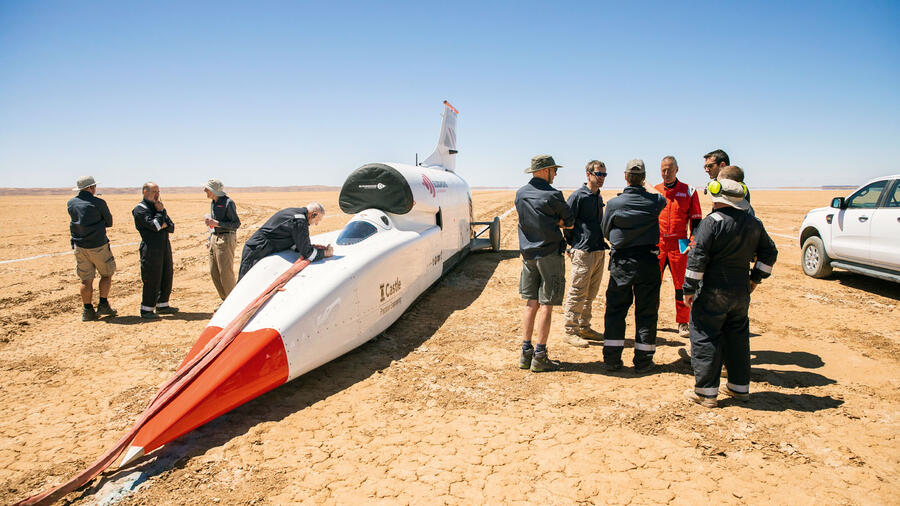
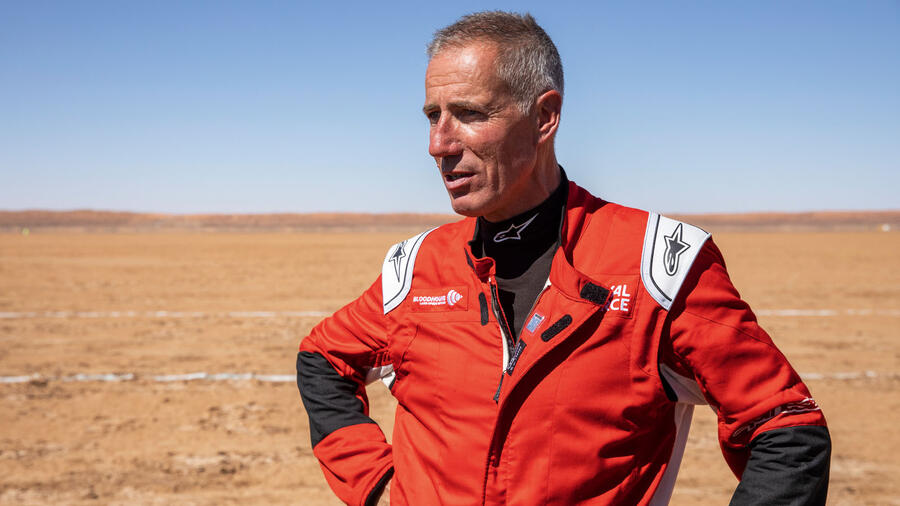
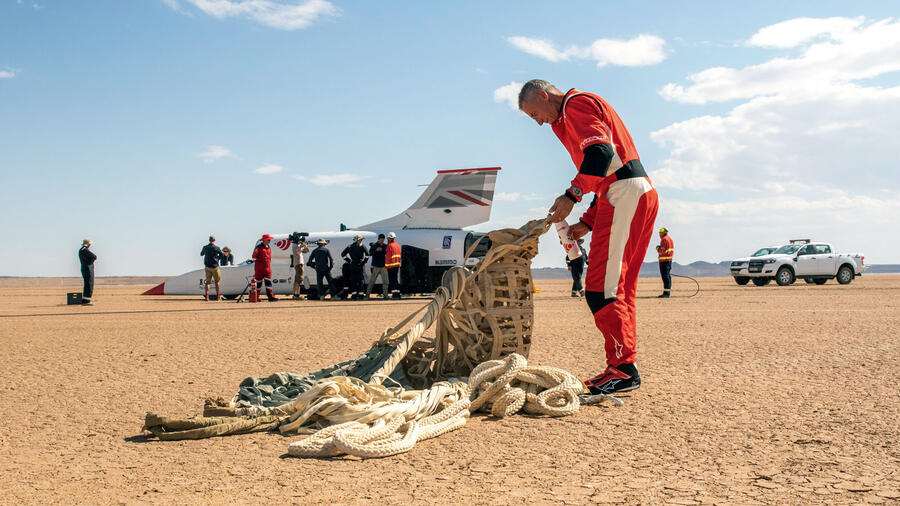
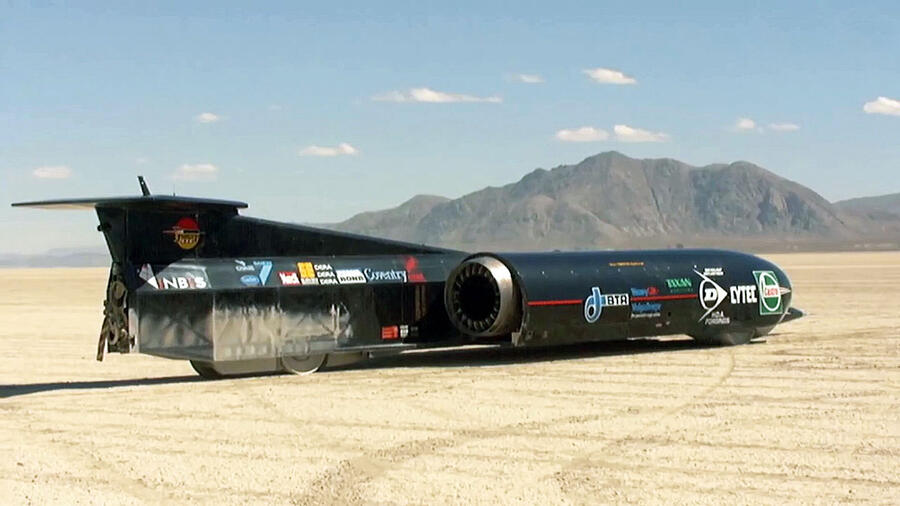

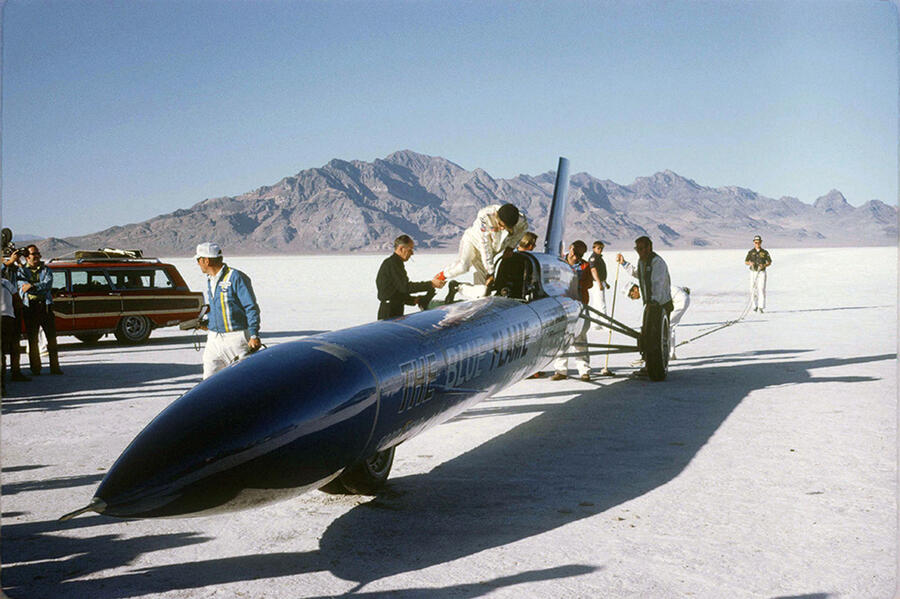
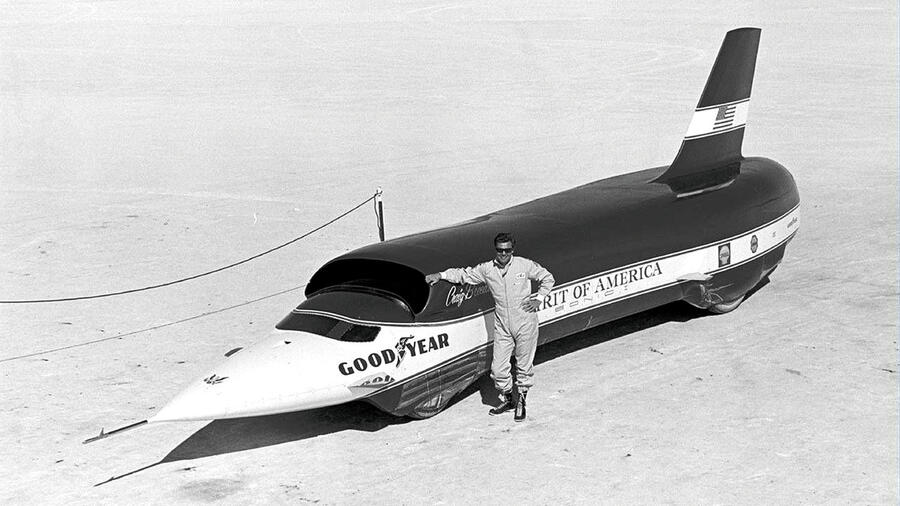
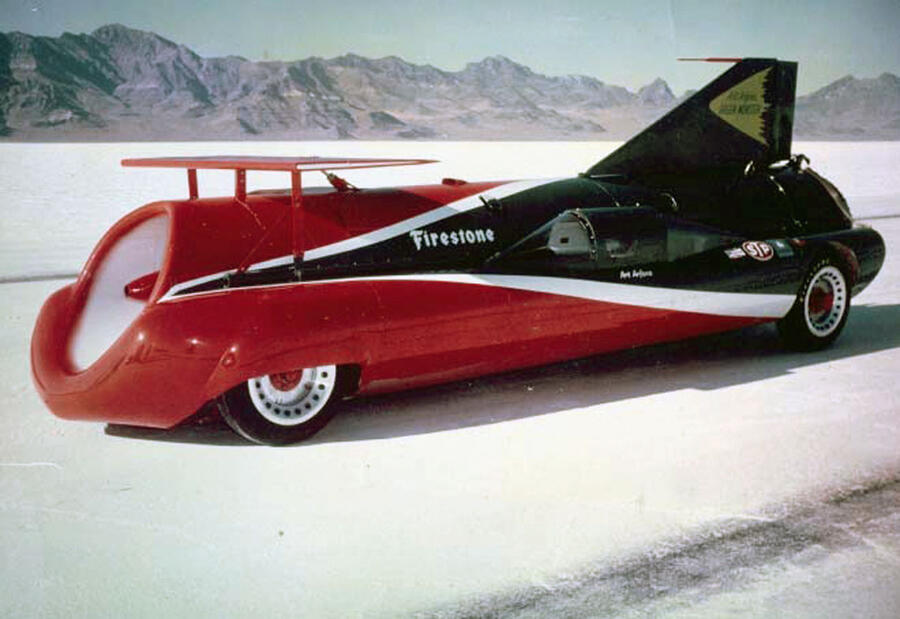





Join the debate
Add your comment
What a hideous waste of time.
What a hideous waste of time. Now if this were electric.
That would be impressive
Carbon?
I remember watching the original Thrust 2 on Blue Peter as a kid. It was one of the things that inspired me to be an engineer. However are the current young generation going to be inspired by a bunch of blokes burning fossils fuels to go just afew MPH faster? Surely an electric or carbon neutral speed goal would be equally exciting and more relevant.
Bloodhound Rocket Progress???
I wonder what progress is being made with the rocket? Bloodhound have been with Nammo since 2013? Why hasn't it been tested on the car yet? There is not much evidence of progress with the rocket and using it will be a big deal in terms of safety and handling the fuel etc. A lot of people have been supporting this project for many years it's about time they got on with the record, I hope this wasn't just a PR exercise? Lets home genuine progress is being made and the rocket motor and it will be installed soon??